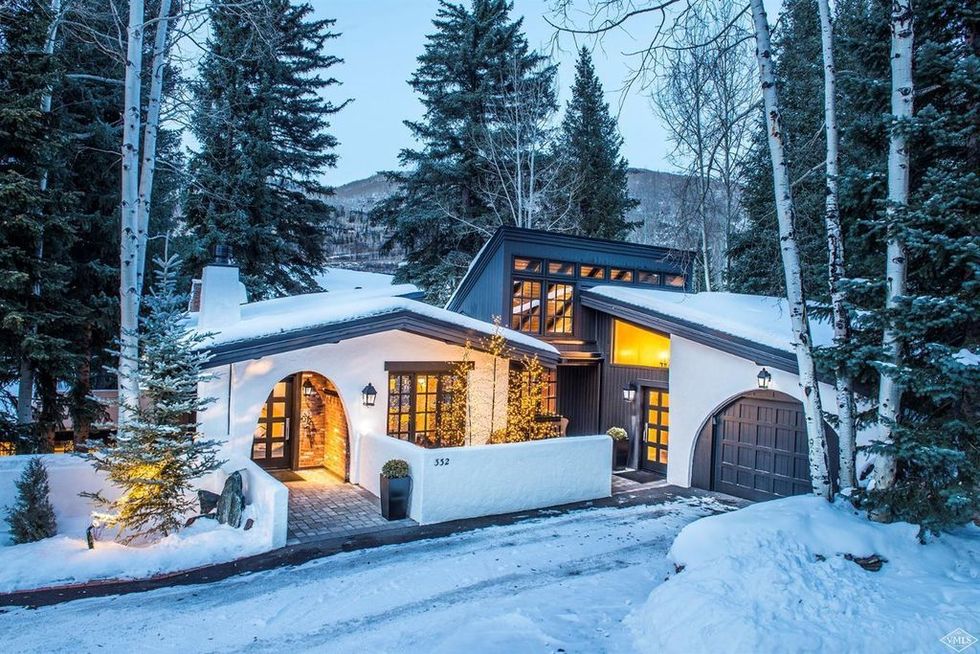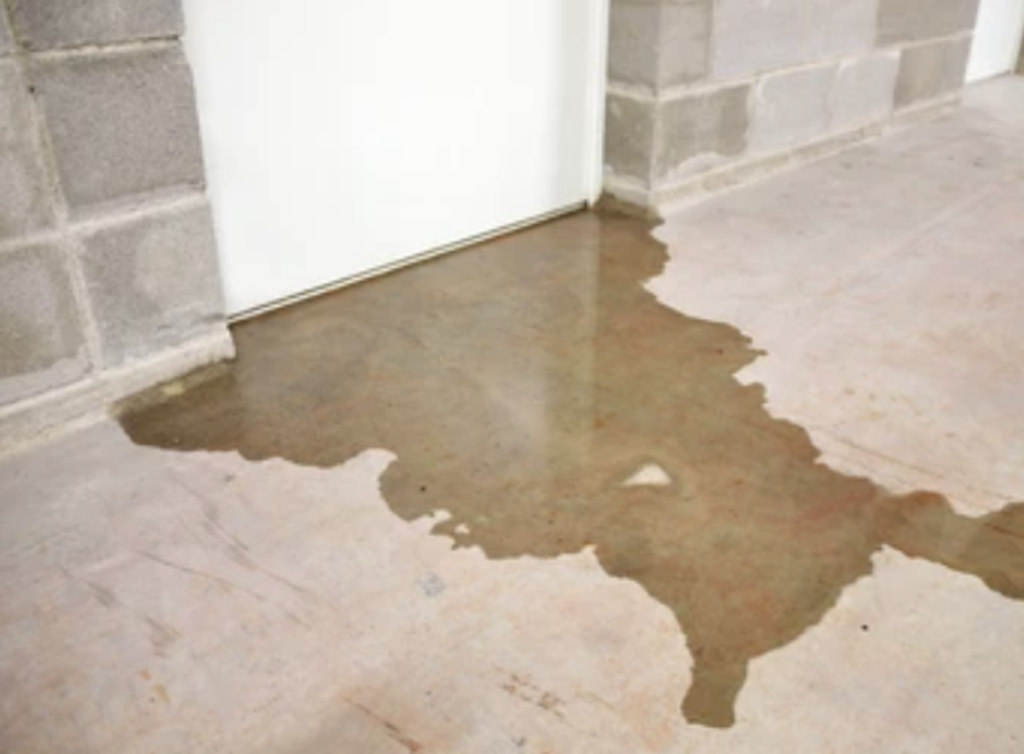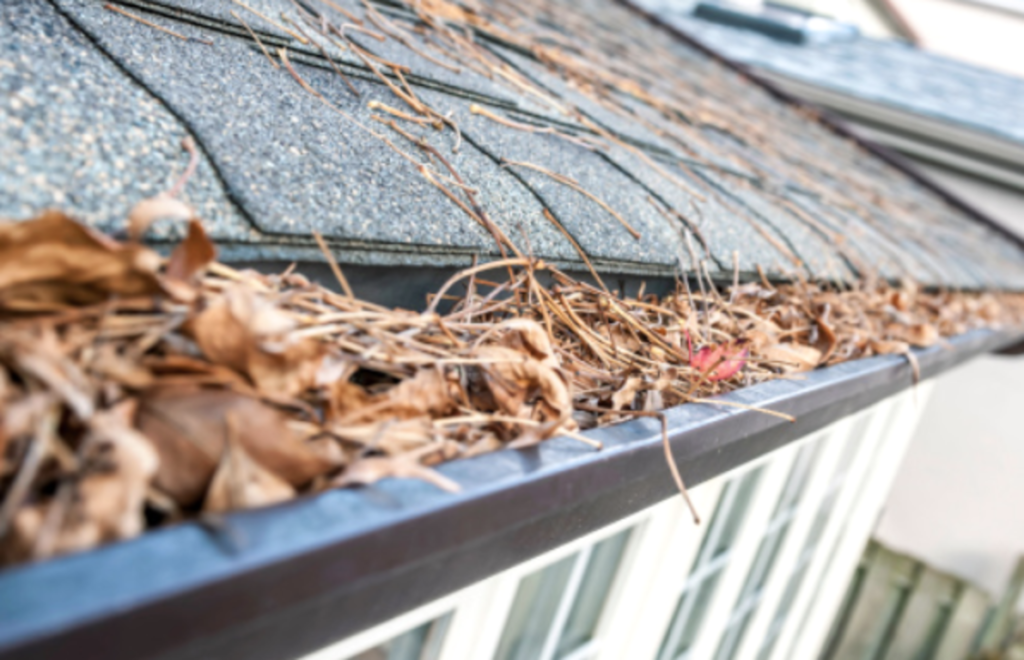What are they, and when should they be done?
If you own a home, you likely want it to maintain or increase it’s value. That’s common sense. But the reasons many homeowners wait or put off entirely, looking into these areas is either lack of information, time or budget to do so.
Think of what an appraiser looks for, or what a home inspector would call out — and work from there, if you’re thinking of selling, or determining the equity of your home.
Condition of the home is what we’re talking about, and the big four, as we say in Real Estate, are:
- Foundation/moisture
- Roof/attic/ventilation
- Systems: electric, plumbing/sewer and HVAC
- Exterior: trees/sloping
Three, and part of the fourth of the above are things homeowners can control, and manage as maintenance or capital improvement items during the course of ownership, certainly, or before putting a home on the market. These are the things that inspectors find, potential buyers balk at or call out to be rectified, and that can basically tank the value of your home or kill your sale. If these are things you choose not to do, it is important, at least, to understand what the cost will be to you, in repair/replacement credits or work needing to be done to complete the transaction. As is often said “you’ll pay either way” — so better to do it as you go.
To make things more daunting, insurance for buyers has limits on age of roof and more stringent rules on what they will insure and what they will not, potentially standing in the way of funding a specific property.
Is it all so bad? Not really, if you can practice some of the basic principles of ongoing maintenance of your home, and some preemptive work to ensure everything is in good working order: inspected, serviced, replaced, refreshed.

Let’s break it down:
- Foundation/moisture: Assess the general condition of the home’s foundation, walls, and overall structure. You can use your area’s top vendors to get an inspection/estimate of work or clean bill of health. Having the work done, or a reputable company’s sign-off on this is pure gold in terms of signaling integrity and thoughtfulness, and while it’s not the sexiest improvement you can think of, it’s money in the bank.
- Roof/attic/ventilation: Also not on anyone’s home improvement Pinterest board (or not mine at least, although I do love thinking about all the different roof style options out there), have someone look at your roof, and do a once-over of your attic space. An aging or failing roof, moss on your roof, chimney, flashing, shingle issues, interior lack of ventilation or mold are all massive red flags and things that alarm inspectors, appraisers and buyers alike. Often times, aspects of this part of the house require different contractors: A roofer can assess the lifetime of a roof/give an estimate on what needs to be done in order to provide a quote for work needed, or certificate on the life expectancy. An environmental specialist/mold inspection and treatment vendor can tackle any issues pertaining to moisture or bio growth in the attic, including adding ventilation, mitigating mold and ensuring the clean health of the space. Oh, and if there is a pest problem, it’s best to know about that before putting your home on the market, too, and getting those guys taken care of. No one likes a pest.
- Systems: electric, plumbing/sewer and HVAC: These are all “gotchas” and silent killers, because you take them for granted, and often times you don’t think about them unless they’re problematic. But, knowing your electrical panel, knowing of any problems with it, or age of installation, is important. There are some old systems that need to be completely replaced for safety, for example. Regular/routine maintenance of plumbing/sewer is also something that doesn’t typically appear on anyone’s Honey-Do list, but needing to do an emergency sewer line replacement or do a patch-fix of a root-intrusion of sewer line within the property boundaries is a headache, and scary for a potential buyer as well. Keeping the furnace/AC tuned up and filters replaced is something you can add to your regular calendar, and have a company come in and ensure everything’s a-ok, and give a receipt for, that again, is a great sign that the home is being kept up.
- Exterior: trees/sloping: What can you do about trees? Sloping? Is there a preventative measure to be taken regarding these natural exterior features of a property? Yes and no. I mean, yes. What can be helpful is having regular tree maintenance done by an arborist – keeping large trees in check and safe is huge, not only to you, as you live in the home, but also to the value of the home, and the ease and security of the prospective homebuyer. Dangerous limbs, trees in close proximity to the house inviting rodents, etc. – these are all the things that are devaluing to the home. The arborist can assess what needs to be done, and you can keep up with this every few years. Sloping? What can be done there? Why would that be seen as a problem? Mostly due to stability issues and foundation, moisture intrusion, etc. so having someone come and quickly inspect and certify a crawlspace/vapor barrier, seismic and structural integrity – is perfect for peace of mind.



All of these things can give you, the homeowner, a real sense of calm and control whether you’re appraising to refinance, or the prospective buyer is looking at your home and making a decision. Having them maintained and completed gives you the edge and differentiation that generate results.
Want to know more? Need recommendations for local contractors or our favorite best practices around all of this? I’d love to be of service, give me a call, text or email.






 It’s raining a lot right now! The moment water hits the peak of your roof, it rolls down towards your gutters, it has to get off and away from your home. Take a look below at a few ideas to keep your house dry in this rainy weather.
It’s raining a lot right now! The moment water hits the peak of your roof, it rolls down towards your gutters, it has to get off and away from your home. Take a look below at a few ideas to keep your house dry in this rainy weather.

 GUTTERS – DO THEY NEED CLEANING?
GUTTERS – DO THEY NEED CLEANING?
 It isn’t cheap to own a home, and maintaining it can be expensive. So yeah, it can come across as a pesky expense periodically. But silently and lovingly, your house is building you wealth. It is an asset that, if taken care of, can pay dividends.
It isn’t cheap to own a home, and maintaining it can be expensive. So yeah, it can come across as a pesky expense periodically. But silently and lovingly, your house is building you wealth. It is an asset that, if taken care of, can pay dividends.


![Your Home’s Spring Maintenance Checklist [INFOGRAPHIC] | MyKCM](https://files.mykcm.com/2019/04/22103725/20190405-ENG-MEM-1046x1354.jpg)
